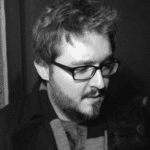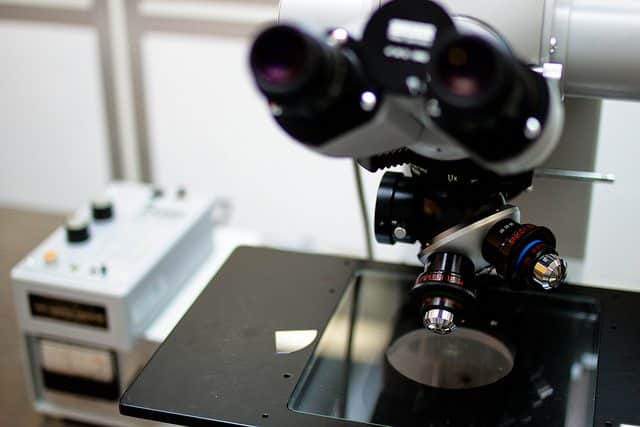The fields of biology and technology are becoming increasingly intertwined. Without computers, sequencing the human genome would have remained a pipe dream. Additionally, some of the most fascinating advances in computing technology have come from observing and replicating aspects of the biological world. This “bits to bio and bio to bits” approach is the core of Charles Fracchia’s world. Fracchia, an IBM PhD Fellow at the Center for Bits and Atoms at MIT and Church Lab at Harvard Medical School, is the founder of BioBright.org, which makes open-source tools for laboratories and medical devices.
Recently, Fracchia has been studying the interplay between biology and information. As an example of this “bits to bio” approach, Fracchia has been working on the “nano assembler,” a device that uses “DNA as a building material, as opposed to a life material, to encode geometry with nano-metric precision.” This approach has the possibility of radically lowering the cost of current electronic fabrication.
While the eventual goal of the nano assembler is a device that functions much like the “replicator” from the science fiction series Star Trek, currently the nano assembler is working on assembling “bricks” of DNA that could eventually be used to build more complex structures.
The other side of Fracchia’s research involves “bio to bits.” Currently, he is working on “making electronics available for quantifying human physiology.” Says Fracchia, “There are medical devices out there that can give you a lot of biological information, but currently they are expensive and proprietary.” His goal is to develop an open-source platform for the examination of human physiology and the dissemination of that information across multiple streams of data that could be studied and used by scientists and doctors.
One of the surprising facts that Fracchia quickly encountered while working on this project was how medical devices by and large “don’t talk to each other.” Says Fracchia, “What’s really valuable is not just getting a single data stream like we can right now, (i.e. a heart rate), but to really see the whole picture and integrate those data streams.” To that end, he and his team developed an open-source protocol that allows medical devices to communicate with each other and merge their data streams into a unified “picture.”
Just as the transition from paper charts to tablets has changed how doctors can view and interact with a patient’s history, a unified data stream would radically change how a doctor is able to interact with a patient.
While many consumer-level technologies such as the iPhone and Fitbit can provide physiological data to their users, Fracchia hopes that unifying data streams through an open source technology will allow individuals to gain a broader and deeper understanding of both their own bodies and the environment around them.
As an example, he says, “say you wake up, and you don’t know if you’re just feeling bad, or you’re hungry, or what it is. We’ve really lost touch with our physical sides. While we may interact with hundreds of technologies that enhance our lives, there is very little technological interaction with me as a human body.” While technologies can monitor things life air quality, heart rate and blood pressure, and other physiological influences, “there is very little human interaction with this data.”
Fracchia believes that the future of bio-medical startups really revolves around two poles: either the development of a device that can provide physiological data, or the development of platforms to unify and visualize the data provided by other devices.
When asked where he sees this field of technology going in the next two to five years, Fracchia had several predictions. Initially, he believes that platforms for analyzing multiple physiological data streams will begin to become increasingly available. As the cost of these devices decreases, it will lead to the development of new and cheaper ways of providing data streams to those platforms. Once the platform and data streams exist, he believes that this will lead to the development of new medical technologies that take advantage of this.
Both startups and existing companies have the opportunity to impact consumer level markets either through the development of devices, or through the development of data analysis and visualization tools.
The first forms of this technology can be seen in personal fitness trackers. Fracchia calls this the “embryonic” technology stage. Once the biological data available expands and is analyzed, opportunities for revolutionizing preventative medicine will massively expand.
Eventually, Fracchia hopes that medical science will no longer need to rely on diseases being symptomatic in order to be diagnosed and treated. It’s an ambitious goal, but one that starts with the simple step of collecting and analyzing medical data.



















